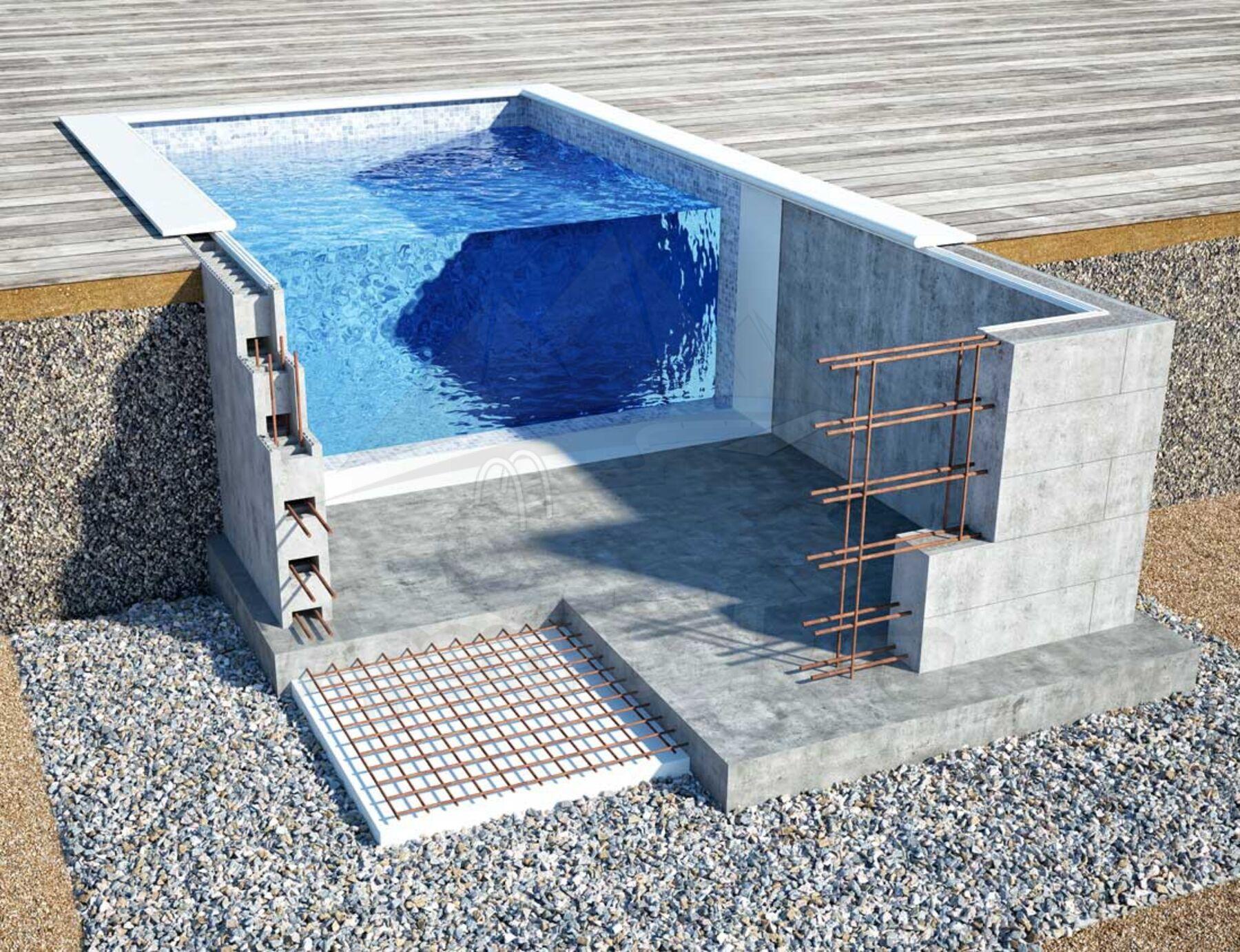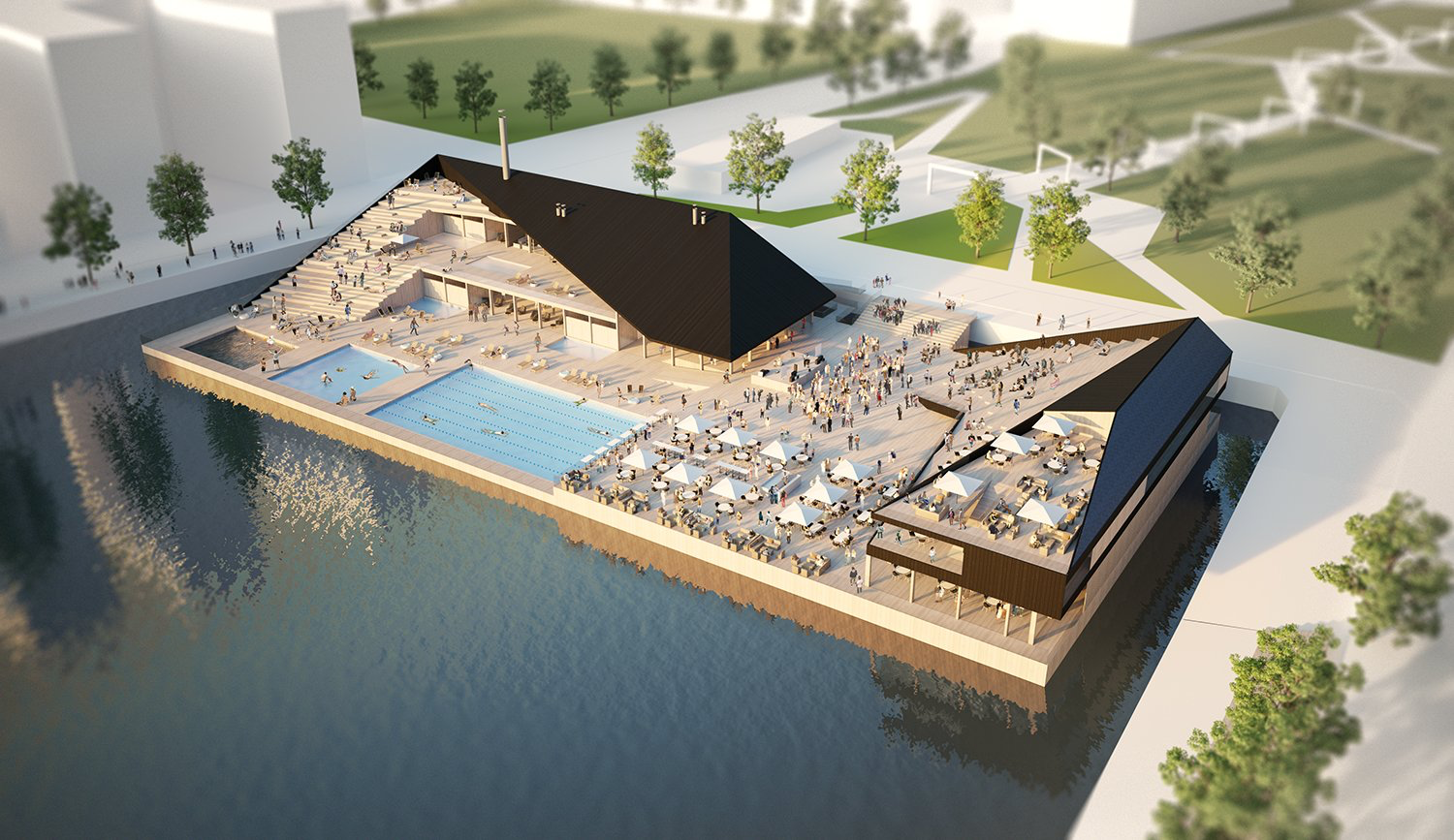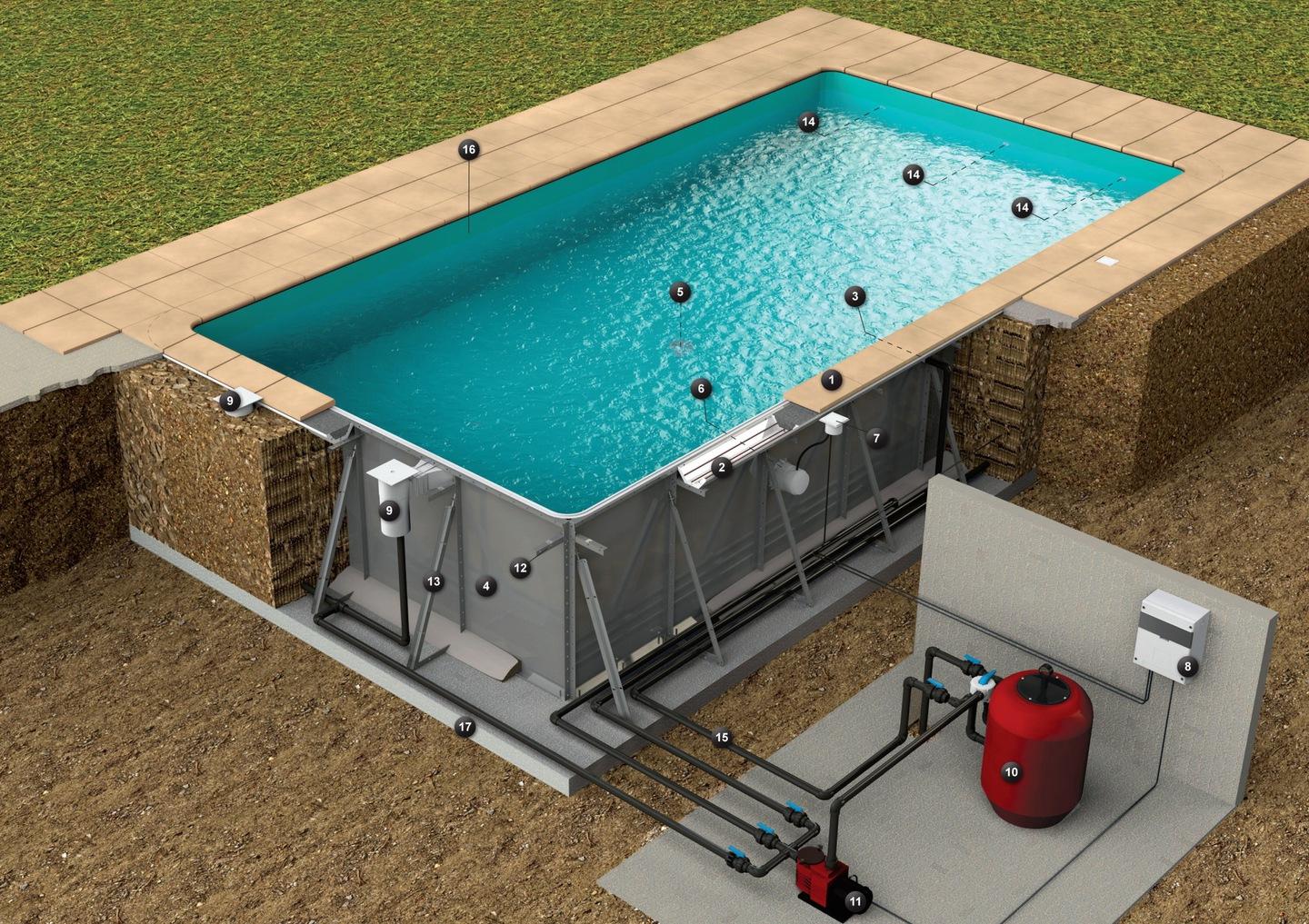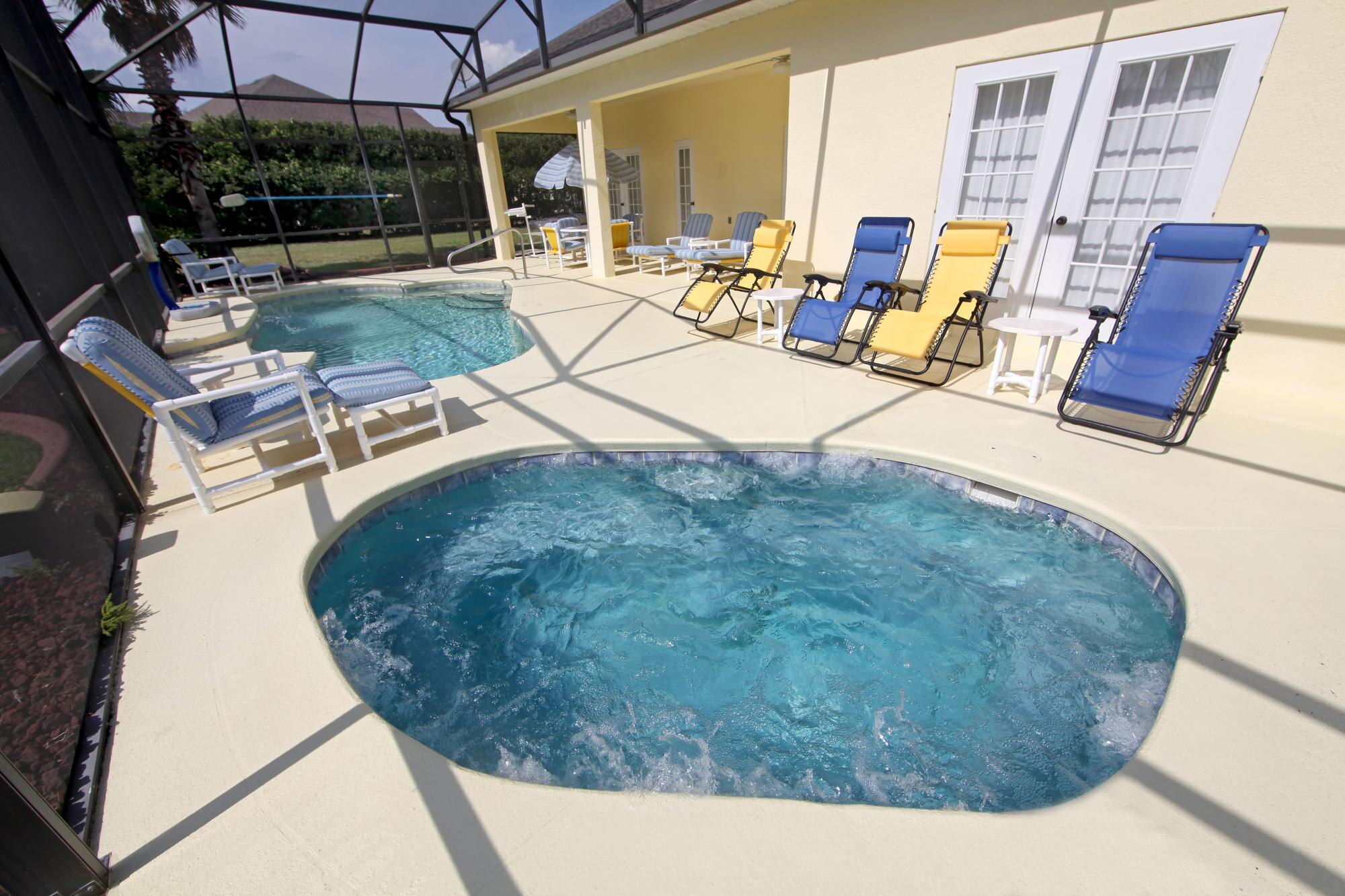Selecting the Perfect Materials for Your Custom Pool Project

The journey of creating a custom pool is an exciting endeavor, transforming a backyard into a personal oasis. Yet, beneath the allure of shimmering water and elegant designs lies a crucial decision-making process: the selection of construction materials. This foundational choice profoundly impacts not only the pool's initial appearance but also its longevity, performance, and the ease of its ongoing upkeep. A thoughtful approach here ensures enduring satisfaction.
Many homeowners focus primarily on the pool's shape or depth, overlooking the fundamental elements that give it structure and character. The materials chosen for the shell, decking, coping, and interior finish are paramount. They dictate how the pool interacts with its environment, how it feels to the touch, and how it stands up to the rigors of weather and regular use. This decision is a cornerstone of the entire project.
The aesthetic appeal of your custom pool is heavily influenced by material choices. From the vibrant mosaic tiles that line the interior to the sophisticated natural stone surrounding the perimeter, each component contributes to the overall visual harmony. The right combination can elevate your outdoor living space, making it a true extension of your home's style and your personal taste, creating a captivating focal point.
Beyond beauty, practicality is a key consideration. Materials vary significantly in their resistance to chemicals, UV radiation, and physical wear. Some options offer superior slip resistance, enhancing safety for all users, while others are renowned for their low maintenance requirements. Understanding these practical aspects upfront is essential for a worry-free ownership experience and sustained enjoyment over many years.
Making an informed decision requires understanding the properties and benefits of various materials. It's not merely about choosing what looks good, but what performs best for your specific climate, usage patterns, and desired maintenance level. Zevornsci guides clients through this complex landscape, ensuring every selection aligns with their vision for a perfect, lasting aquatic retreat.
Ultimately, the materials you select define the very essence of your custom pool. They are an expression of quality, durability, and personal style. This article will delve into the critical factors and popular options, helping you navigate these choices with confidence and clarity, ensuring your pool remains a source of joy and beauty for decades to come, a testament to thoughtful planning.
Key Material Applications and Considerations
-
Interior Finishes: Options like plaster, tile, or aggregate determine water color and feel. Plaster is economical; tiles offer design versatility; aggregates provide durability and a natural look.
-
Decking Materials: Crucial for safety and aesthetics. Pavers are versatile and easy to repair. Stamped concrete allows patterns but can crack. Natural stone offers elegance and durability.
-
Coping: Defines the pool edge, ensuring a finished look and safe transition. Brick gives a classic feel. Natural stone coping adds sophistication. Poured concrete is seamless but less flexible for repairs.
Expert Perspectives on Material Choices
Industry experts often highlight the balance between initial outlay and long-term value when discussing material choices. While some homeowners might be tempted by lower upfront costs, seasoned professionals emphasize considering the total cost of ownership, including maintenance, potential repairs, and expected lifespan. A higher quality material often translates to fewer issues and greater satisfaction over time.
There's a common debate regarding the best interior finish. Some argue for the timeless appeal and versatility of traditional plaster, appreciating its smooth surface. Others champion the durability and aesthetic range of aggregate finishes, noting their enhanced resistance to staining and chipping. Ceramic or glass tiles are favored for their artistic potential and exceptional longevity, despite a higher installation complexity.
The choice of decking material also sparks considerable discussion. While concrete remains a popular, cost-effective option, its susceptibility to cracking and need for expansion joints are frequently cited limitations. Interlocking pavers are praised for their ease of repair and drainage capabilities, whereas natural stone, like travertine or limestone, is celebrated for its luxurious appearance and heat-dissipating properties, crucial in warm climates.
Environmental considerations are increasingly influencing material selections. Many clients are now seeking sustainable options, such as recycled glass tiles or locally sourced natural stone, to minimize their project's ecological footprint. This trend reflects a broader awareness, encouraging manufacturers to innovate with more eco-conscious products that do not compromise on quality or aesthetic appeal.
Ultimately, the perfect material is subjective and depends heavily on individual project goals, budget, and regional climate. What works wonderfully in a mild climate might not be suitable for areas with extreme temperature fluctuations. Zevornsci consultants emphasize a personalized approach, carefully assessing each client's unique circumstances to recommend materials that genuinely fit their specific needs and aspirations.
Final Thoughts on Your Pool Material Journey
The careful selection of materials is a cornerstone of any custom pool project. It profoundly shapes the pool’s character, ensuring its performance and aesthetic appeal for years to come. Prioritizing quality and suitability creates an aquatic sanctuary that truly reflects your vision.
Engaging with experienced professionals, such as those at Zevornsci, simplifies this intricate process. Their expertise allows clients to make confident choices, ensuring a beautiful, lasting pool. A well-informed decision guarantees a source of enjoyment and value for your property.
Related Posts


Comments




Thanasornchai Chonwith
This article provides a fantastic overview of material selection for pools. It really breaks down complex choices into understandable points. I appreciate the emphasis on long-term value over initial costs.